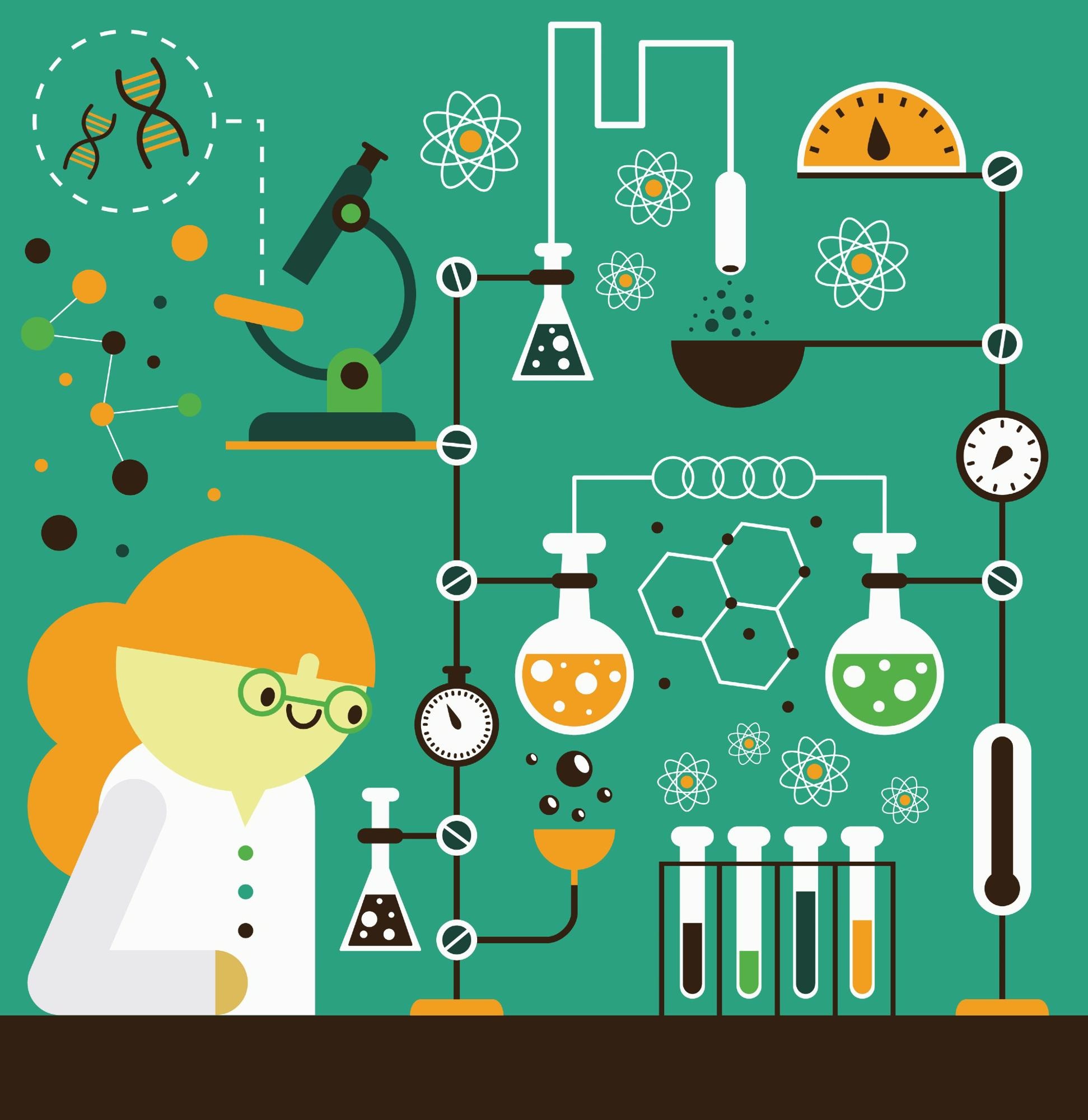 By Surbhi JainReviewed by Susha Cheriyedath, M.Sc.Mar 29 2022
By Surbhi JainReviewed by Susha Cheriyedath, M.Sc.Mar 29 2022In a review recently published in the journal Dyes and Pigments, researchers presented the progress, applications, and perspectives of chemical clock reactions with organic dyes.

Study: Chemical clock reactions with organic dyes: Perspective, progress, and applications. Image Credit: Team Oktopus/Shutterstock.com
Background
The clock reactions are significantly similar to classical oscillating reactions, but their exact behavior, nature, and mechanism are dependent on the reaction conditions and substrate. Despite the fact that the blue bottle experiment (classic clock reaction) is a well-known demonstration and practical activity, its origin is unknown. Organic molecules are used as starting ingredients for synthetic organic colors. Most natural dyes were made from plant sources until synthetic dyes were discovered.
Dyes' redox activity is influenced by the reaction circumstances and catalyst utilized. The oxidized form of most organic dyes is colored, while the reduced form is colorless. The early evolution of the clock and oscillation reactions have been the subject of certain review studies. Whether the chemical clock and oscillating reactions can be used in analytical chemistry with organic dyes is still not known.
About the Study
In this study, the authors presented a comprehensive review of the clock reaction with organic dyes. The qualities of the dye, such as water solubility, were taken into consideration when selecting it. In the oxidation and reduction states of dyes, the varied and unique color variations of the dyes were studied. A wide range of pH was employed to adjust dye redox activity and the rate of the clock reaction.
Using standard tools like ultraviolet (UV)-visible (vis) spectroscopy, the visual detection of oxidation-reduction was monitored. A brief feasible mechanism for synthesizing catalytic systems was explored as well as its impact on clock reactions was illustrated. The differences between adsorption and degradation clock reactions were also discussed. The importance of clock reactions in numerous fields was demonstrated.
The team investigated several properties of the dyes such as variation in color, research of dye interaction with reaction media and catalyst, rate determination of clock reactions with dye changes, and redox behavior of different dyes in various catalytic systems. Water-soluble organic dyes were used as a redox indicator, with the formal oxidation and reduction potential values changing due to the dyes' redox behavior and the nature of catalysts. To determine the redox kinetics in ordered media or a free solution, such as reverse micelles and micelles, catalytic changes were made to influence the rate of the clock reaction. The nanocatalysts were used to expand the clock reaction's use and application range.
More from AZoM: What is Femtosecond Laser-Based 3D Printing?
The researchers discussed the color chemistry of the organic dyes in the presence of different nanocatalysts, as well as modifications in reaction conditions to optimize clock activity. The development of new methods for identifying and quantifying analytes in actual samples by measuring the sequential oscillations of a colored reactant was presented to broaden the analytical applications available. The organic dye-based clock reactions were examined in a methodical manner. The focus was on various methodologies and their applications in clock activities. The use of redox activity in organic dyes in the presence of manufactured nanocatalysts was also highlighted.
Observations
Due to coordination interactions between Cu2O and Cr3+, the addition of Cr3+ in the concentration range from 0.03 to 600 M lowered the catalytic activity of Cu2O nanocubes, which resulted in an increase in reaction time. Cr3+ adsorption on the Cu2O surface reduced their standard reduction potential, which prevented Cu2O from being reduced to Cu (0). The CeO2-x/dye/H2O solution and CeO2-x/dye/hydroxyethyl cellulose (HEC)-coated fabrics both displayed rapid decoloration after being exposed to blue light of wavelength 450 nm for 30 and 150 seconds, respectively.
The water-soluble oxidized form of methylene blue (MB), MB+ (blue color), had absorbance maxima of 291 and 664 nm, while the reduced form, leucomethylene blue (LMB), had a maximum absorbance of 256 nm. At 644 nm, there was a progressive drop in peak intensity and a rise in a newly formed peak at 256 nm. The interaction of Pd nanoparticles (NPs) with the g-C3N4 support promoted the adsorption and subsequent dissociation of molecular hydrogen and oxygen, which resulted in effective reversible conversion between MB and LMB with a turnover frequency of 165 h-1. TiO2's bandgap of value 3.2 eV was found to be acceptable for using a UV light for photo-reversible color switching (PCS) activities.
In the presence of 2 g Cu nanowires (NWs), a 99% decrease in the catalytic activity of the CuNWs was achieved in less than 5 seconds. In the presence of Cu2O, the activation energy decreased by 16.3 kcal/mol, which made the reduction process of MB to LMB 2.4107 times quicker.
Conclusions
In conclusion, this review elucidated the developments and accomplishments of organic dye-based clock reactions that can be used as an analytical tool. The progression and mechanism of clock activity with different dyes were documented chronologically with different catalytic systems.
The authors emphasized that the catalyst used must be able to participate in the electron transfer reaction quickly. They believe that this study will aid in the comprehension of the mechanism of organic dye oxidation-reduction from redox media to the nanocatalysis system. They also mentioned that the reader would be able to understand and build novel redox catalysts for a different dye type of clock reaction by looking at the differences in clock reactions with dye adsorption and degradation.
Disclaimer: The views expressed here are those of the author expressed in their private capacity and do not necessarily represent the views of AZoM.com Limited T/A AZoNetwork the owner and operator of this website. This disclaimer forms part of the Terms and conditions of use of this website.
Source:
Molla, A., Youk, J. H., Chemical clock reactions with organic dyes: Perspective, progress, and applications. Dyes and Pigments 110237 (2022). https://www.sciencedirect.com/science/article/abs/pii/S0143720822001590